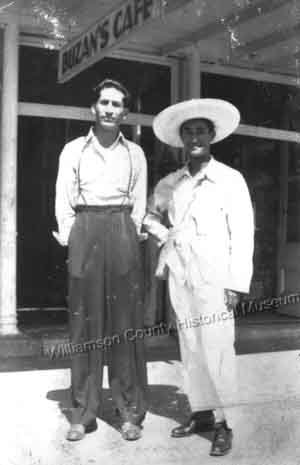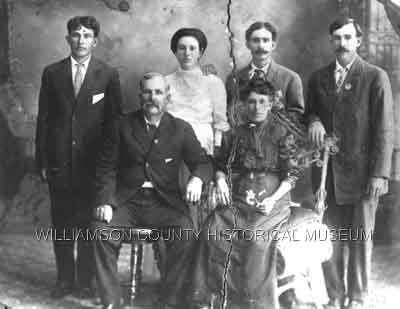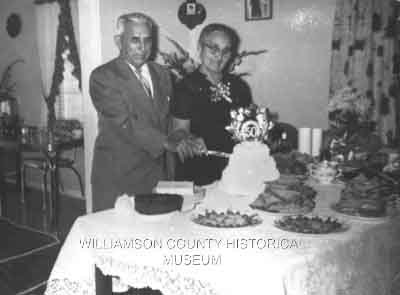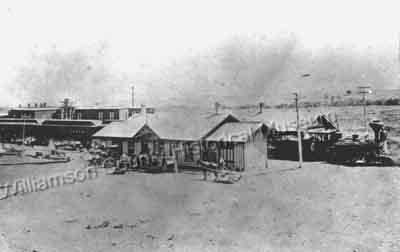Local-History
Photographic policies prohibit reproduction - please contact the Williamson museum for reproduction rights. Your interests and the preservation of the materials will be assured by the observance of these policies and procedures.
To inquire about the use or purchase of any of these photographs please contact the museum at
(512) 943-1670
-
for more info click on Taylor, Texas
by The Handbook of Texas Online
-
A special thanks to the Community Impact news paper and By Susan Komandosky and Suzanne Haberman for this snap-shot of our history
-
view The Taylor Brethren Church Historical Marker Dedication
-
view the City of Taylor Texas history
-
view The Blacklands
"a special credit to the Williamson County Sun for this story"
For a free PDF reader click here
Adobe Reader or here for Foxit
-
"a special credit to the Williamson County Sun for this story"
Historical Markers and Their History
Taylor's beginnings are rooted in commerce:
The town was laid out by the Texas Land Company in anticipation of the coming of the railroad. It was originally named Taylor Station after a contemporary official of the International & Great Northern Railroad. Taylor Station was situated on a major cattle trail used by Texas ranchers to drive their stock to market. Within 60 days of the railroad reaching Taylor Station in 1876, 146 car loads of cattle were shipped north to market from this fledgling community.
The railroad brought other forms of commerce as well, and the town developed rapidly. Farmers arriving primarily from the Midwest and other southern states, soon discovered that the black land soil would support cotton. With the railroad at hand to ship the cotton to mills in the east, Taylor became the center of a thriving cotton trade.
A disastrous fire in 1879 destroyed most of the frame structures in the three-year-old town. Most of the burned-out buildings were replaced with the fine brick and stone structures that distinguish Taylor's appealing downtown to this day. Brisk trade in cattle and cotton brought stability, and a prosperous town took shape. Churches and private schools were established, and craftsmen and tradesmen set up shop in town to serve the flourishing farms and ranches.
In 1882, the Missouri-Kansas-Texas Railroad extended tracks to link it to the great Missouri Pacific system.
Less than ten years after the frontier station on the open range began to attract residents. Taylor established a public school and community water works to pipe fresh water to homes and businesses in town.
The first National Bank was organized in 1883. As testimony to the favorable economic climate of the day, the bank's initial stock offering of $50,000 sold out in less than one hour.
Taylor has always placed a premium on quality of life in the community. In 1884, the city fathers opened a dog pound on the public square to encourage residents to be more responsible with their pets. A small boy was paid 25 cents for each stray dog he rounded up. The enterprising city Marshall then sold the dogs back to owners for $1 with a numbered brass dog tag. The city used revenues from the dog pound to complete a sewer system.
Although Taylor's rate of growth has slowed from its earliest days, the city has shown a steady increase in population, even though the population of the country as a whole declined between 1930 and 1970.
for more info and images click on Taylor, Texas














































